How To Fix Telescopic Handle?
Fixing a telescopic handle can be a straightforward task if you understand the common issues and the steps required to address them. Telescopic handles are commonly found on luggage, cleaning tools, and various other devices. They are designed to extend and retract smoothly, but over time, they can become stuck, loose, or even break. In this article, we will explore the most common problems associated with telescopic handles and provide detailed instructions on how to fix them.
Common Issues with Telescopic Handles
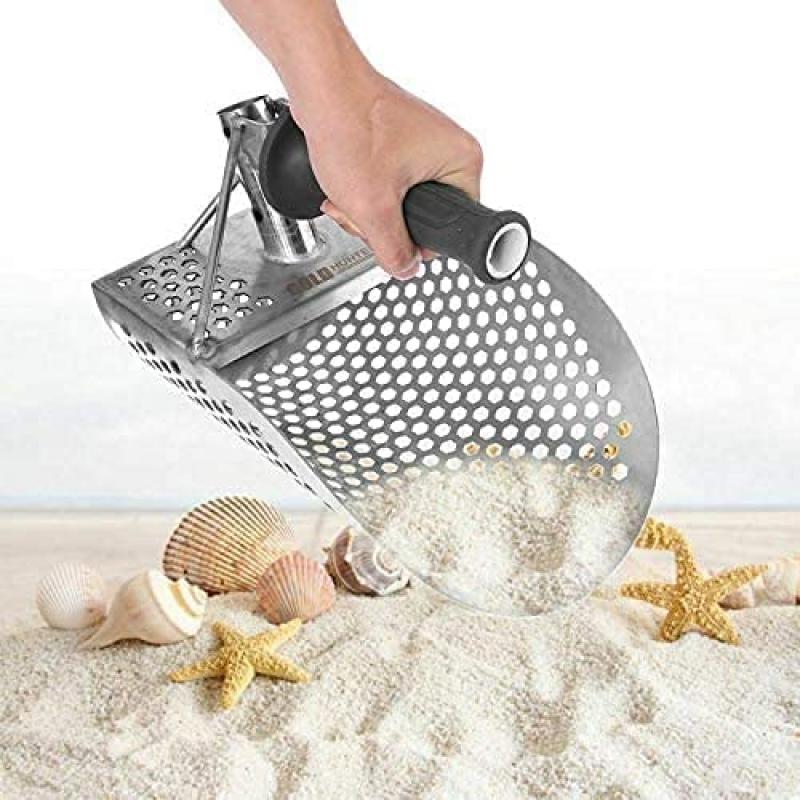
1. Sticking or Jamming: This is one of the most frequent problems. Dirt, debris, or rust can cause the handle to stick or jam.
2. Loose Handle: Over time, the screws or bolts that hold the handle in place can become loose.
3. Broken Locking Mechanism: The locking mechanism that keeps the handle extended can break or wear out.
4. Bent or Damaged Tubes: The telescopic tubes themselves can become bent or damaged, making it difficult to extend or retract the handle.
Tools and Materials Needed
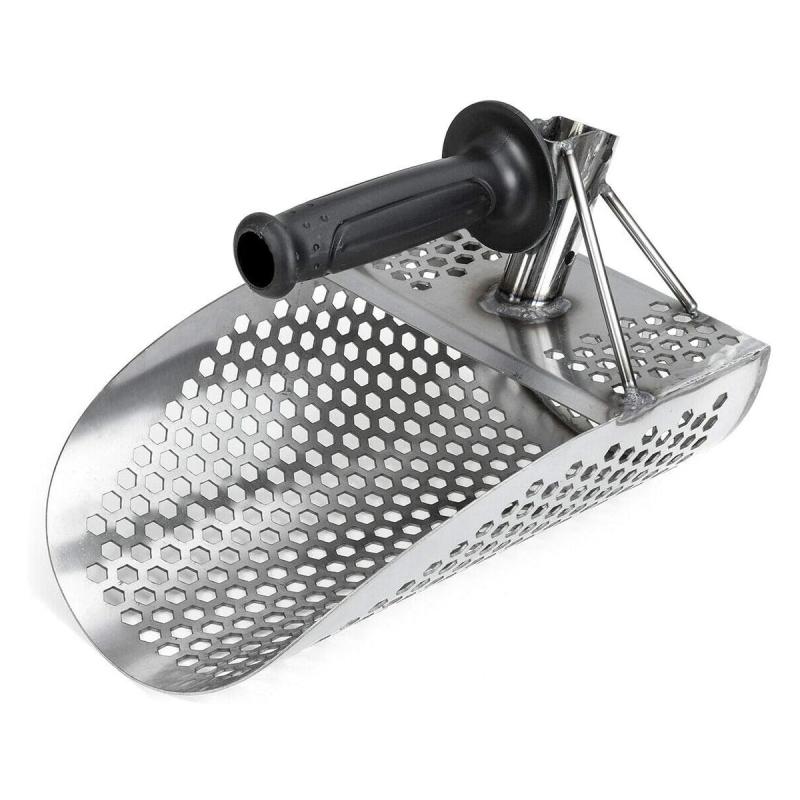
Before you start fixing your telescopic handle, gather the following tools and materials:
- Screwdrivers (Phillips and flathead)
- Lubricant (such as WD-40)
- Cleaning cloths
- Replacement parts (if necessary)
- Pliers
- Sandpaper or a metal file
- Rust remover (if applicable)
Step-by-Step Guide to Fixing a Telescopic Handle

1. Diagnose the Problem
The first step in fixing a telescopic handle is to diagnose the problem. Extend and retract the handle several times to identify where the issue lies. Is it sticking at a certain point? Is the handle wobbling or not locking into place? Understanding the problem will help you determine the best course of action.
2. Clean the Handle
If the handle is sticking or jamming, it may be due to dirt or debris inside the tubes. Follow these steps to clean it:
- Fully extend the handle.
- Use a damp cloth to wipe down the exterior of the tubes.
- Spray a small amount of lubricant into the tubes and work the handle back and forth to distribute it evenly.
- Wipe away any excess lubricant with a clean cloth.
3. Tighten Loose Screws or Bolts
If the handle is loose, check for any screws or bolts that may have come undone:
- Locate the screws or bolts that secure the handle to the main body.
- Use the appropriate screwdriver to tighten them.
- If any screws or bolts are missing, replace them with new ones of the same size and type.
4. Repair or Replace the Locking Mechanism
If the handle is not locking into place, the locking mechanism may be broken or worn out:
- Disassemble the handle to access the locking mechanism. This usually involves removing a few screws.
- Inspect the locking mechanism for any broken or worn parts.
- If the mechanism is damaged, you may need to replace it. Contact the manufacturer for replacement parts or visit a hardware store.
- Reassemble the handle and test the locking mechanism to ensure it is working properly.
5. Fix Bent or Damaged Tubes
If the telescopic tubes are bent or damaged, they can prevent the handle from extending or retracting smoothly:
- Carefully inspect the tubes for any bends or dents.
- Use pliers to gently straighten any bends. Be careful not to apply too much force, as this can cause further damage.
- If the tubes are severely damaged, you may need to replace them. Contact the manufacturer for replacement parts.
- If there is rust on the tubes, use sandpaper or a metal file to remove it. Apply a rust remover if necessary, and then clean and lubricate the tubes.
Preventative Maintenance
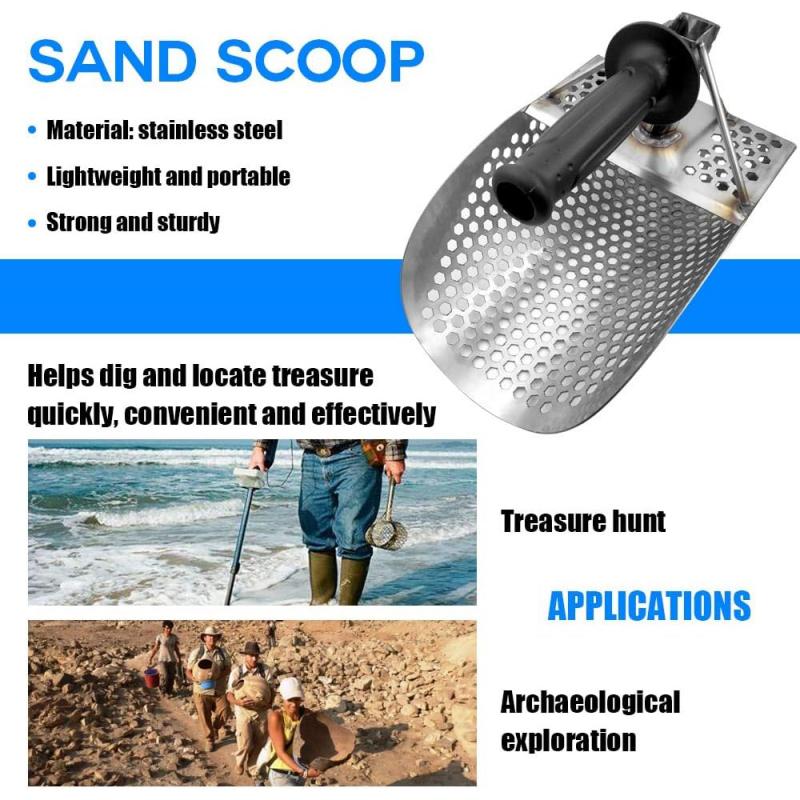
To keep your telescopic handle in good working condition, follow these preventative maintenance tips:
- Regularly clean the handle and tubes to prevent dirt and debris buildup.
- Lubricate the tubes periodically to ensure smooth operation.
- Check and tighten any screws or bolts regularly to prevent them from becoming loose.
- Avoid overloading the handle, as this can cause damage to the tubes and locking mechanism.
Fixing a telescopic handle can be a simple task if you know what to look for and have the right tools and materials on hand. By diagnosing the problem, cleaning the handle, tightening loose screws, repairing or replacing the locking mechanism, and fixing any bent or damaged tubes, you can restore your telescopic handle to its original functionality. Regular maintenance will also help prevent future issues, ensuring that your handle remains in good working condition for years to come.
Whether you are dealing with a stuck, loose, or broken telescopic handle, the steps outlined in this article will help you address the problem effectively. With a little patience and effort, you can save yourself the cost of a replacement and extend the life of your telescopic handle.


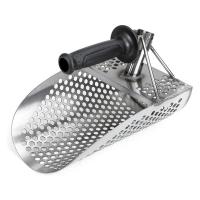
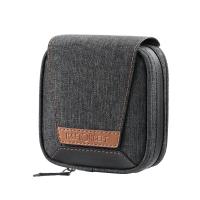

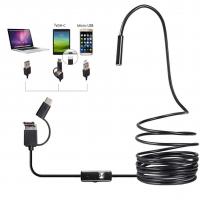



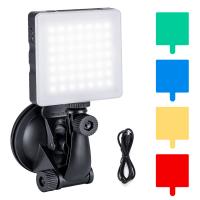
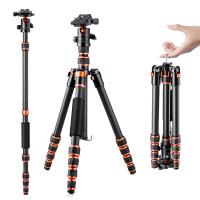
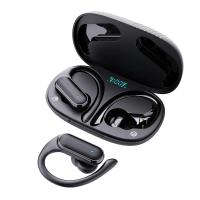







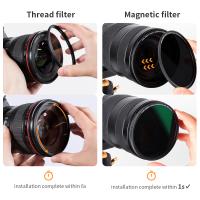

There are no comments for this blog.